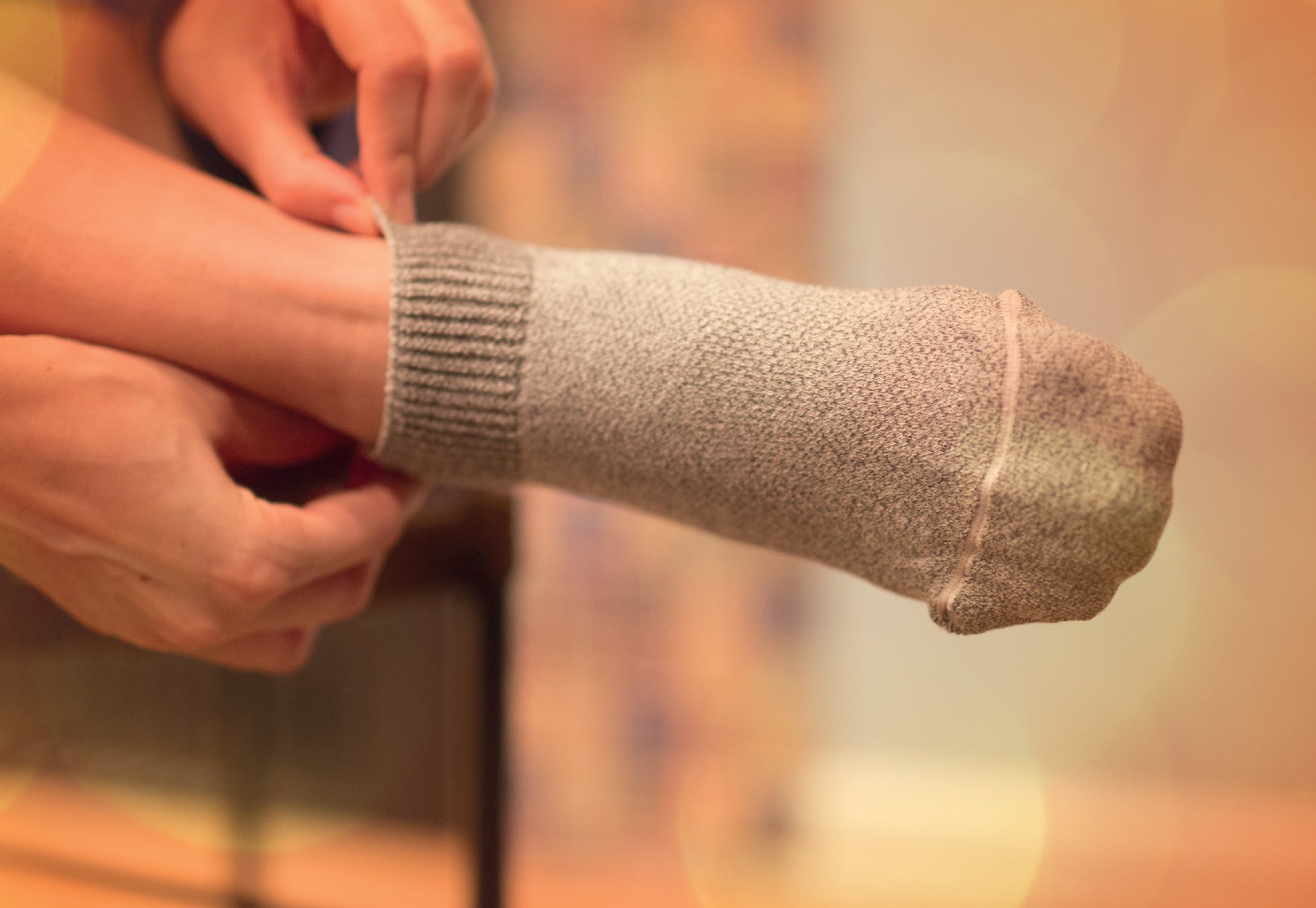Whether you’re trying to lose or gain weight, maintain your weight, put on muscle, or just get healthier, it can be tempting to use the scale as the sole measure of your progress. But while the weight on the scale can be one useful health and fitness metric, it is far from the only one. In many cases, it may not even be the most useful.
Whatever your fitness goals, these five metrics can help you to reach them.
Lean Muscle and Body Fat Percentage
It’s possible to get healthier and fitter without your weight going down. It might even go up slightly. This is due to building lean muscle tissue, which weighs more than fat relative to the amount of space it takes up in your body.
Checking on your body composition once in a while can highlight progress you didn’t know you were making.
It’s hard to measure body fat 100% accurately, but even an approximate measurement is better than none. There are a few different ways to measure body fat including calipers, bioelectrical impedance, hydrostatic weighing, DEXA scanning, or simply taking a few body measurements and putting them into an online calculator. In general, the most accurate methods are more expensive and difficult to access. Seeing progress is more important than exact numbers here.

Walking or Running Pace
If you run or walk for fitness, how do you know if you are improving? As your fitness improves, you should find that you get faster over time. You can track your workouts using a fitness tracker such as a Fitbit or Apple Watch, or on an app such as Runkeeper or MapMyRun. Alternatively, simply divide the number of miles you ran by the time you spent running to get your per-mile pace.
If your preferred form of cardio is swimming or cycling, you can also measure your pace during these activities to see if it is improving over time.
Remember that small improvements matter. You will not see your pace increase in huge jumps, but in small increments over time. Celebrate each one. And remember that as you push yourself to get faster, your risk for injury increases. Recovery wear for runners can help reduce this risk.

Steps Per Day
We’ve all heard that we should be doing 10,000 steps per day. This number is somewhat arbitrary and won’t work for everyone, but it can be a good baseline to aim for if you are currently inactive or only moderately active. Whether you eventually settle on a higher or lower personal step goal, increasing your daily step count is a great way to boost your fitness.
How many steps are you currently taking each day? Wear a pedometer or fitness tracker for a few days to work out your current average. Then try to slowly increase your step count. Aim for an increase of 500-1000 daily steps per week until you’ve reached an average of at least 10,000 (or whatever number you’ve decided to aim for).
Steps add up surprisingly quickly. Going for a short walk at lunchtime, parking at the far end of the lot, or taking the stairs instead of the elevator are all great ways to get your step count up.
Resting Heart Rate
Your resting heart rate—how many times your heart beats per minute when you are not moving—is a useful indicator of overall heart health. Many factors influence your resting heart rate, from age and base fitness level to smoking and any medications you take. A normal resting heart rate can be anywhere from 60-100 beats per minute.
Your fitness tracker can measure your resting heart rate, or you can do it manually by feeling your wrist for your pulse and counting the beats. Regular exercise, practicing relaxation techniques such as mindfulness or yoga, and losing excess body weight can all contribute to a lower resting heart rate.
If you notice that your resting heart rate is trending down over time, you are likely gaining cardiovascular fitness. If you are in the mood for cardio, like a run for instance, it’s equally important to keep you joints and muscles feeling healthy and strong. Our Knee Sleeve is a great pick for runners and joggers alike - wearable before, during and after activity!

How Do You Feel?
Ultimately, health and fitness should be about how you feel rather than how you look. Unlike the other items on this list, this is not a precise metric that can be distilled down to simple numbers. However, it is probably the most important metric of all.
Pay attention to your body and the cues it is giving you. How are your energy levels? Are you sleeping better? Are you relying less on caffeine and sugar to get you through the day? How do your clothes fit? Have you noticed an improvement in your body image, self confidence, or mood?
All of these factors matter so much more than any number on the scale.
Read more

Animals can bring so much joy to our lives. From cuddling with your pet at the end of the work day to seeing exotic animals at the zoo or watching cat videos on social media, it is well known that ...

Whether you work an active job or spend your days running around after your children, being on your feet all day can result in fatigue and soreness. If you find yourself in pain at the end of each...







Leave a comment
All comments are moderated before being published.
This site is protected by hCaptcha and the hCaptcha Privacy Policy and Terms of Service apply.